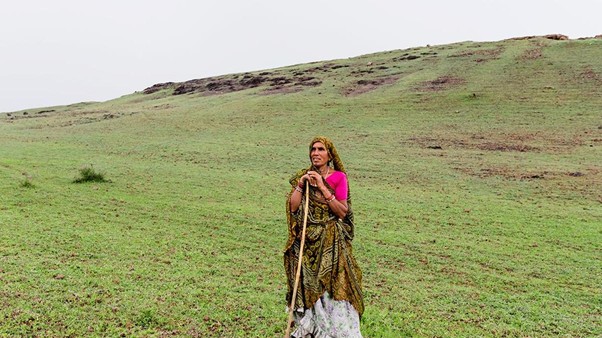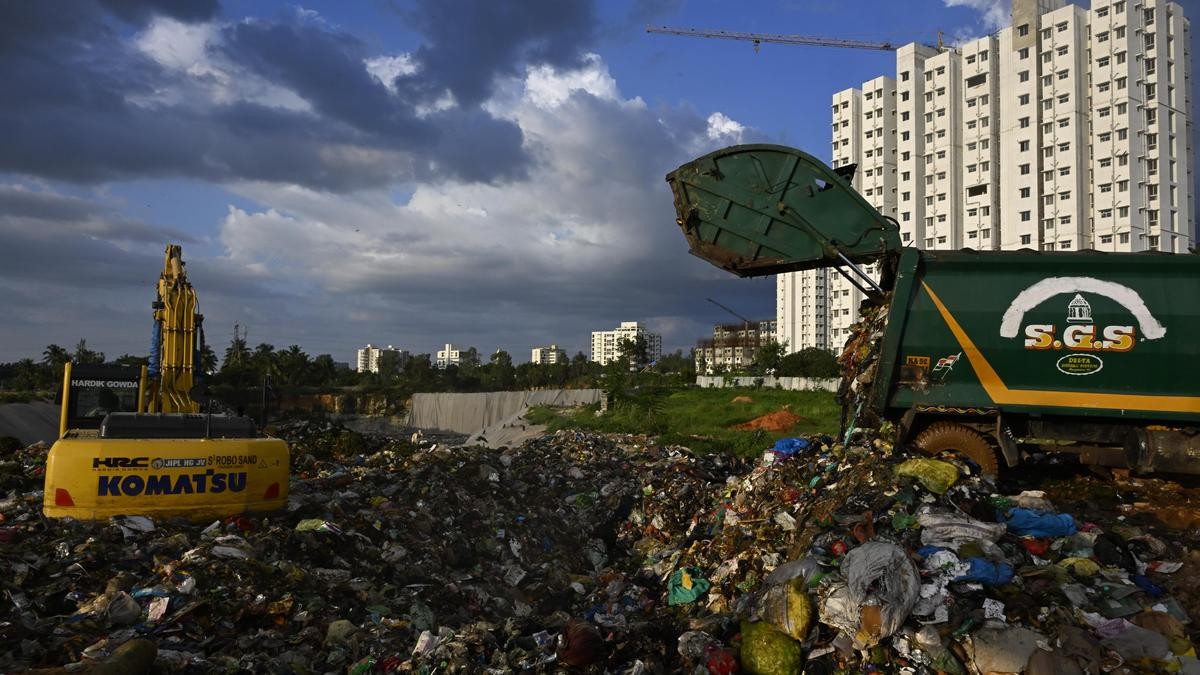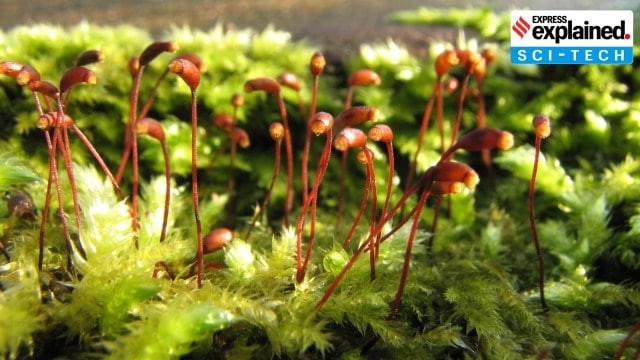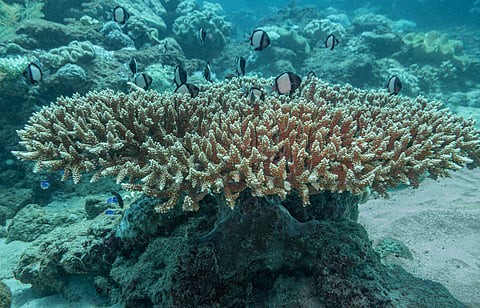




Source: NEWINDIANEXPRESS
Disclaimer: Copyright infringement not intended.
Palamu Tiger Reserve (PTR), one of India’s earliest tiger reserves under Project Tiger, is located in Jharkhand.
The recent successful relocation of Jaigir village from its core area is a major milestone in the human-wildlife coexistence paradigm.
|
Feature |
Details |
|
Location |
Latehar and Garhwa districts |
|
Geographical Zone |
Western Chotanagpur Plateau |
|
Area Coverage |
1,014 sq.km. (Core: 414 sq.km., Buffer: 600 sq.km.) |
|
Topography |
Undulating terrain with valleys, hills and plains |
|
Rivers |
North Koel (main), Auranga, and Burha (only perennial one) |
|
Climate |
Drought-prone zone |
|
Geology |
Composed of gneiss, granite, limestone and rich in coal and bauxite |
Flora
Tropical moist deciduous and dry deciduous forests.
Dominant species: Sal (Shorea robusta), bamboo and other hardwood species.
Rich in medicinal plants.
Significant presence of bamboo thickets aiding herbivores and elephants.
Fauna
Keystone Species
Tiger
Asiatic Elephant
Other Notable Fauna
Leopard, Grey Wolf, Wild Dog, Sloth Bear, Gaur, Four-horned Antelope
Among the first 9 reserves under Project Tiger (1973).
World’s first tiger census using pugmark technique in 1932 under J.W. Nicholson.
PTR has contributed significantly to early scientific methods of tiger monitoring in India.
Sources:
|
PRACTICE QUESTION Q. With reference to the Palamu Tiger Reserve consider the following statements:
Which of the statements given above are correct? A. 1 and 2 only Answer: B. Explanation: Statement 1 is correct: PTR is located in Jharkhand and includes the Betla National Park. Statement 2 is correct: PTR was one of the first 9 reserves under Project Tiger launched in 1973. Statement 3 is incorrect: PTR was the first reserve where a tiger census was done using pugmarks not camera traps. Statement 4 is correct: Burha is indeed the only perennial river in the reserve. |







© 2025 iasgyan. All right reserved